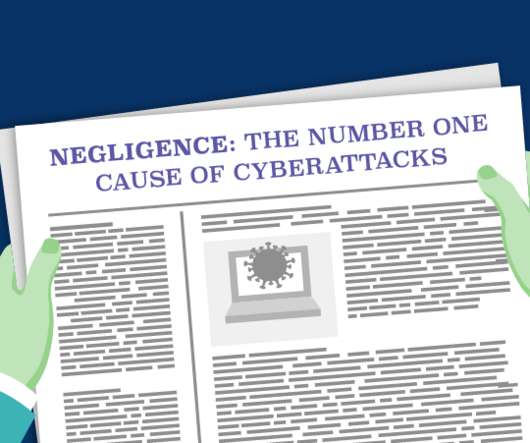Cyberrisk Management Tips for Businesses Amid the Russia-Ukraine War
Risk Management Monitor
MARCH 4, 2022
According to experts ranging from independent cybersecurity professionals to officials at the Cybersecurity and Infrastructure Security Agency (CISA), organizations at greatest risk right now include critical infrastructure , banks and other financial services firms, and of course key service providers in Ukraine or Russia.


























Let's personalize your content